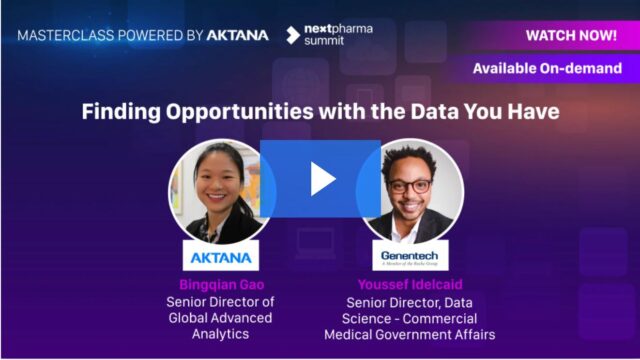Many life sciences organizations assume their data needs to be perfect to create impactful business opportunities from AI.
“This is just not correct. The data is not, and will not ever be, perfect—especially at scale,” says Youssef Idelcaid, Senior Director of Data Science at Genentech.
“AI data should be clean enough and good enough to create an AI system that is also good enough. Get your model to an acceptable level of accuracy, rather than chasing tiny increments.”
Watch Aktana and Genentech’s Omnichannel AI Masterclass Session On-Demand.
If you’re implementing global AI solutions or considering an AI journey, Genentech’s case study will help you debunk the myths, understand the common challenges and see real-life examples from a team who started out lean.
Ready to use your current data for quick wins? If so, read on for 8 takeaways from Genentech’s adoption of an AI-driven life sciences commercial strategy.
1) Start lean if you must because AI is not optional
With a small but mighty team, Genentech started the AI journey convinced of one basic thing. “It’s not optional anymore,” says Idelcaid. “Having an integrated customer experience, powered by data and AI . . . is not something you have the choice to do. It’s happening no matter what.”
That conviction spurred their willingness to start small.
“While AI is a promising technology, it has to be infused gradually in our ways of working,” says Idelcaid. “In the very, very beginnings of building our ML-based (machine learning) recommendation engine, we actually adopted a lean approach with the resources we had at the time. . . . we did not wait for our data to be perfect.”
Getting technology into the hands of reps allowed Genentech to experiment, adjust and iterate. The team used existing AI opportunities to quickly show value and secure buy-in from leadership.
2) Collaborate with experts to scale
After securing leadership buy-in for a full roadmap, “we selected Aktana to help us scale because the core business of Genentech is not building software and selling AI to others,” says Idelcaid, who endorses open-innovation. “Collaboration with external experts can definitely give you that advantage to move fast, especially at scale.”
Genentech’s full business roadmap for AI adoption included all channels and roles, starting with small groups of early adopters, who used the recommendation engine at different levels.
“We did not wait long to start hearing . . . very, very good and positive feedback,” says Idelcaid, naming a rep-turned-advocate who engaged a previously-unknown HCP with a next-best-action suggestion.
3) Plan ROI around AI maturity
The size of your ROI “depends on the maturity of your AI implementation,” says Idelcaid. “Paint the big picture. Start small and invest as you scale.”
Many organizations are familiar with the first four stages of the Analytics and AI Maturity Framework (Figure 1), says Aktana’s Bingqian Gao, Senior Director of Global Advanced Analytics.
- Descriptive Stage: what happened in the past
- Diagnostic Analysis: understanding why things happened
- Predictive Analysis: what might happen in the future
- Prescriptive Analytics: translating insights into action to improve business outcomes
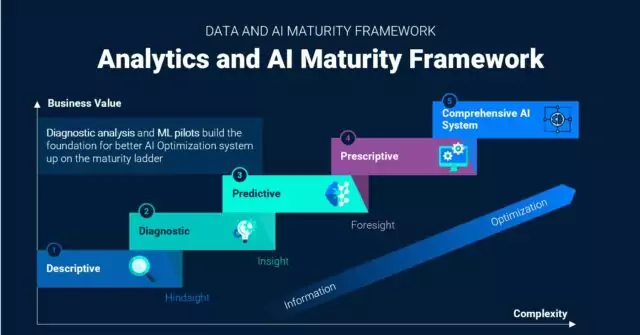
Figure 1: Data and AI Maturity Framework
“What’s worth pointing out here is the diagnostic analysis, which is what you do in stage two,” says Gao, and the machine learning pilots, which you typically do in stage three. These foundational elements will support better AI optimization systems up the maturity ladder, leading you to a Comprehensive AI System—Aktana’s specialty—which represents the top level of complexity and business value.
4) Predict the AI solutions you’re ready for
Is your organization ready for AI-driven solutions? To answer that question, Aktana’s AI-Readiness Assessment for pharma examines three pillars: technology, data and business processes.
In terms of data, Gao advises asking three progressive questions.
- Do you have sufficient data history? If not, perhaps it’s time to do a data collection and prioritization exercise. If you do have sufficient data, move to the next question.
- Is your data quality adequate? If not, maybe it’s time to design a data processing pipeline to ensure data quality. If the quality is good enough, move to question three.
- Does your data fit the purpose? If not, consider alternative machine learning (ML) objectives or algorithms. If you still need different data, you may need to return to data collection prioritization. But if your data does fit the purpose, it’s time to move into solution design.
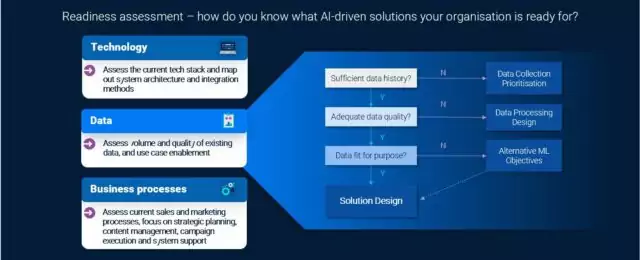
Figure 2: Readiness assessment for AI
When your data meets volume and quality requirements, consider yourself ready to use case enablement to design a solution that fits your existing data foundation.
5) Calculate the business value of specific AI modules
Some AI modules will make a higher impact on your organization than others. As you conduct a pharma AI-readiness assessment, “quantify the business value of those specific modules,” says Gao, so you can assess the scope of impact.
For example, take Timing Optimization AI (Figure 3). “In a nutshell,” says Gao, “we analyzed historical data and identified 50% of the HCPs as high impact. Essentially, this means 50% of HCP engagement success depends on the time an email is sent.”
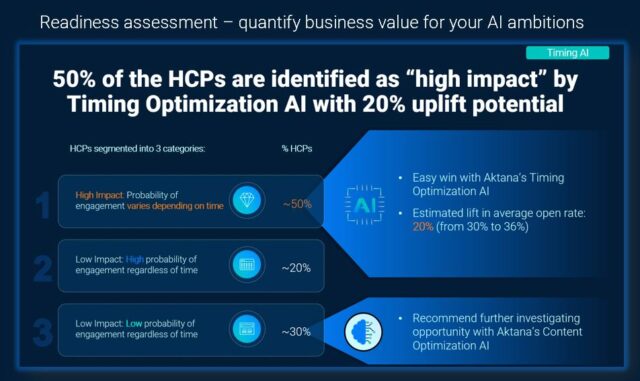
Figure 3: Readiness assessment quantifies the business value of AI ambitions
“We’re also able to estimate the lift in average open rates by 20%,” says Gao. “Again, this is all possible based on the historical data you have.”
As you quantify the business value for different AI modules, you can confirm significant investment-opportunities based on ROI.
6) Nail quick wins with a stepped approach to your AI roadmap
Collect quick wins from the get-go. While you build each step of your AI roadmap, identify low-hanging fruit with three important questions:
- Do we have clearly defined business questions?
- Can we translate those questions into analytical problems that data can solve?
- Do we have historical data that can help answer those analytical problems and validate hypotheses?
If you answered yes, yes, yes, “there you go,” says Gao, “You’ll have your low-hanging fruit.”
7) Become an investigator
“Think of analytics as investigation work,” says Gao. To move from describing what happened (stage 1) to diagnosis (stage 2), translate data insights into business improvements.
Using a real example, Gao pulled up a dashboard of rep-triggered emails. While pointing out that data that’s meaningful for AI requires context, Gao took a Sherlock Holmes approach and drilled into the real-time engagement (RTE) of a subset of HCPs who hadn’t opened a dozen emails. Did the emails go to SPAM? Were they blocked? “Arguably you should ask your rep to talk to those HCPs before sending more emails.”
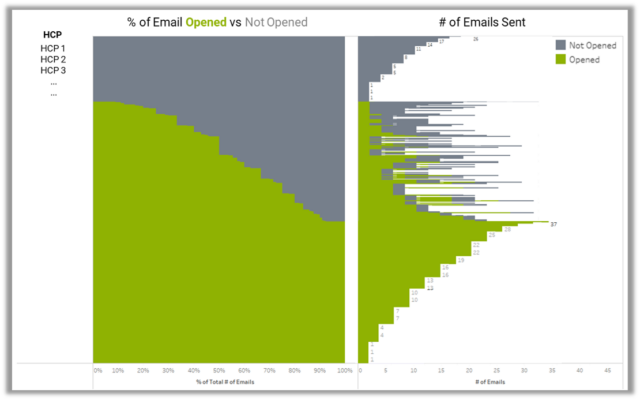
Figure 4: Real-Time Engagement, HCP by Open Rate
On the other hand, looking at “occasional engagers who open some emails, but not others,” we should ask ourselves different questions. What kind of emails do they open? What don’t they open? How can we improve engagement with personalization? We can use ML (machine learning) models to extract engagement patterns that suggest the best day and time to increase engagement, as well as the most relevant content.
Lastly for HCPs who open everything, how can we learn from that success, expand the successful strategies and empower those engaged HCPs? “Here is where we can start bringing other data sources as well, such as prescription data or perception data,” says Gao. This critical information “can help you to identify perception changes, or maybe even the next generation of KOLs (key opinion leaders) and influencers.”
8.) Consolidate channel engagements into one view
A full picture of HCP engagement is 360 degrees. At baseline, it comprises face-to-face interactions, calls and emails. Consolidating this omnichannel data will help you understand the real customer journey and what leads to successful HCP engagement.
“The goal of this is to inspire the design of smart suggestions and even AI modules,” says Gao, “which can turn the insights into action at scale, so you don’t have to do those detailed analyses on an individual basis.”
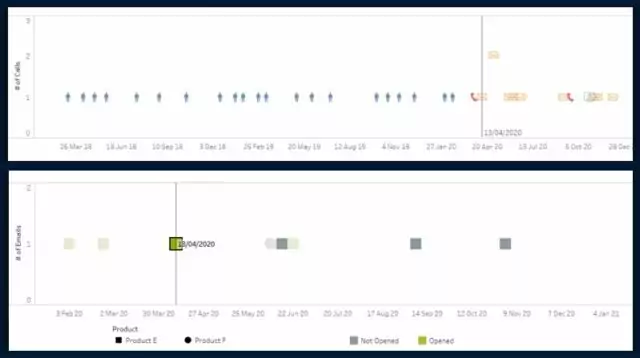
Figure 5: The omnichannel engagement journey
Such analytics allow you to use AI modules that automatically run in the background and send suggestions based on individual behavioral patterns.
Don’t Wait to Implement AI
Data science is “essentially the discipline of machine learning and AI.” It’s an iterative process. The design of your next experiment is typically based on the outcomes and learnings of previous experiments.
“So, you shouldn’t wait for the perfect time to start experimenting,” says Gao. “Start today and plan well,” so you can mitigate risks and capture all the learnings along the way.
To support a successful AI implementation in life sciences, use the 8 takeaways from this session of the Aktana Omnichannel Masterclass. Focus on both finding AI opportunities for your business within your existing AI-ready data and the three pillars of readiness: technology, data and business processes.

